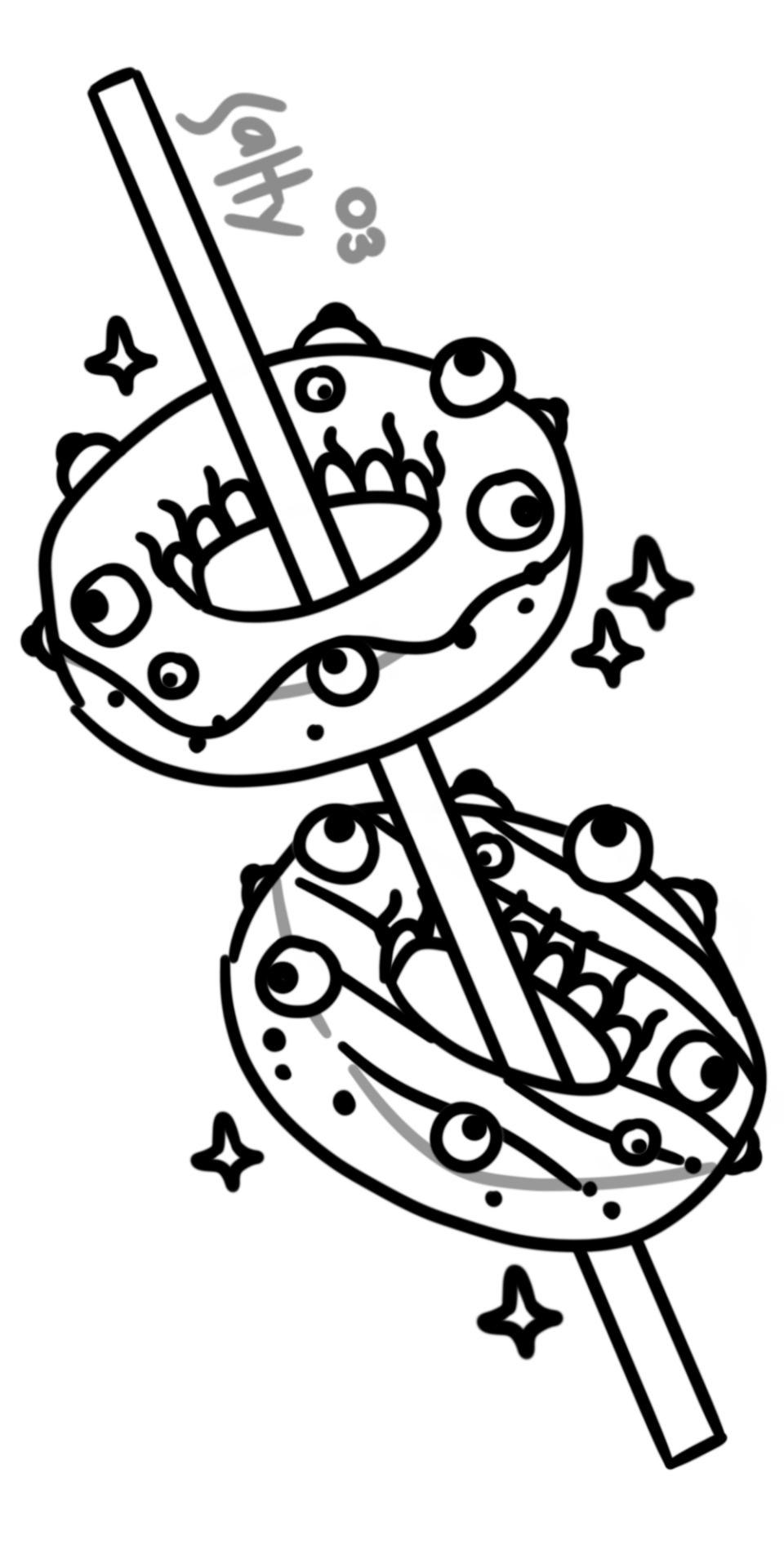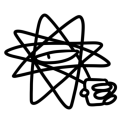Toothfairy Cake

Toothfairy cake
How to make:
Step 1: gather dusk flour, bluejay eggs, bone milk, a tooth fairy, and any assortment of teeth. Dusk flour can be obtained from the dusk lily. You'll have to catch your own tooth fairy, but be sure to catch it alive for fresher extracts
Step 2: begin with beating the eggs, then add a bit of bone milk and pour in a good portion of dusk flour. If you plan on making your cake multilayered, you'll need a few pounds more of the material included
Step 3: pour a bit of fairy blood into the batter and mix it all together until it turns blue or pink. If it turns white, best feed it to the ants
Step 4: put the batter into the oven for 30 minutes at 350° degrees. Take them out when the crust is spewing sparkles. Do not touch the sparkles, they will burn you
Step 5: set out all your layers and let them cool for an hour. Do not let anyone or anything touch the cake in this state or it will wither and crumble
Step 6: crush the fairy bones into meal and mix with the leftover blood until wispy and light, then coat the cake in the mixture. Be thorough so the layers look seamless
Step 7: begin adding the teeth according to size and frost the gums into the cake. Gums have a slight curvature against the jaw bone if you want to go for realism
Step 8: sprinkle a ring of sugar or honey around the top and then put the fairy's skull in the middle. Add candles if the occasion suits
Step 9: add flowers such as lavender, lilies or pansies for the finishing touches
You can decorate the teeth with jewelry such as glitter, charms or braces if you want, same for the cake. If this cake is outdoors, cover it or else it'll attract hoards of butterflies!
-
 saltybean03 liked this · 10 months ago
saltybean03 liked this · 10 months ago
More Posts from Saltybean03

Monster donuts
WARNING: LIVE CONTENTS
How to make:
Step 1: prepare some monster dough. This can be harvested from the doughweed trap. It'll smell a bit rancid, but that can be treated with a few drops of lemon or lime
Step 2: knead the dough until it purrs. Once the dough is happy, add 5 tsp of sugar and 1 tsp of salt. Knead again and repeat
Step 3: gather the eyes. These can be harvested from the eyevine plant. Be careful not to squish them, they're fragile
Step 4: wash the eyes in warm water and keep them covered in a damp towel until you have to use them. They'll be blinking
Step 5: return to the dough and feed it some monster food. You should be able to find this at your grocery store. If not, it's just blood meal. This will plump the dough and prep the yeast
Step 6: mold the dough into donuts and place the eyes, then load your batch into the oven for 30 minutes at 350° degrees. Do not open the oven before they're done or they'll sink and disperse deadly spores
Step 7: decorate the donuts with frosting, chocolate, nuts, sprinkles, or glaze. Do not cover the pores or else the donuts will rot
It is recommended you own a doughweed trap before attempting this dish. Do not jelly these donuts as it will compromise their pores, and do not pull their teeth. You'll know you've baked them right when you bite into them and they don't scream. If they do, return them to the doughweed. The plant will turn them back into dough :)
Frenchie 🍔
Had to censor, can't risk getting banned


Thornheart cake pops
WARNING: POISONOUS CONTENTS
How to make:
Step 1: harvest the heart of a thornheart beast. Be wary of its poisonous spines. Make sure you use thorn-proof gloves and handle with extreme care
Step 2: wash and scrub the heart with a fresh food brush until the purple film sloughs off. Do not reuse the brush, throw it away after you're done
Step 3: cut divets into each spine so the poison can drain and soak the heart for six hours in ice cold sugar water. Once the poison has dissolved, the water should turn black
Step 4: wash off the heart, skew it, and chill it in the freezer for another six hours. It'll turn blue and sparkly when it's ready to come out
Thornheart is bitter and not for the faint of heart. It's outside will be crunchy, but the inside will be soft and doughy, and although the spines are no longer poisonous after prep, they can still stick you if you're not careful. They're edible, but you can remove them so you don't die
Design concept for my Deep Singer species
I draw super light :\


